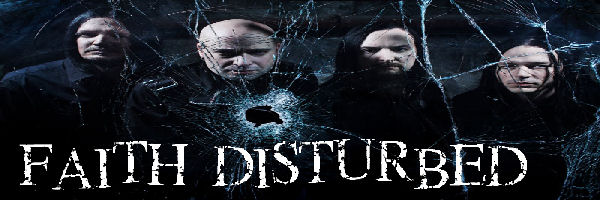|
Origins of the Movement
Music Society and the Church
Graham Gordon opens his article with the questions “What is important about it, and what can we hope to get from it?”
[2] Michel Foucault says “Not only is rock music(much more than jazz used to be) an integral part of the life of many people, but it is a cultural initiator: to like rock, to like a certain kind of rock rather than another, is also a way of life, a manner of reacting; it is a whole set of tastes and attitudes.”[3] Bryson writes that music is used for national anthems for meaning to a country and that metal is used in a similar fashion for people of the culture.[4] Stuessy writes that kids get their first education from Metallica in music and that excluding this from the discussion may lead to separation from school and life which does not have to happen.[5]
Music culture has had a profound effect on society. Some churches commonly use organs, other musical instruments, and singing/chanting by resident choirs, as well as clergy in their liturgies, though it is not limited to these methods of musical expression. In some churches, they have bands and visiting choirs to give performances as a frequent part of their regular services. One such example is Sacred Steel, a musical style that arose in the African-American gospel church, House of God.[6] The music is used to enhance the church’s sermons and also to draw out revelation or religious experiences from the faithful. Thus, music’s involvement in an old and venerable institution legitimizes its status as a form of society’s expression of divine meaning.
Metal Music as a Lifestyle
In late 1960's to early 70's the musical genres known as metal and heavy metal was born. This subculture was viewed in the same regard as rock and roll music of which they were considered sub-genres. Rock and roll, and in particular metal music have come under attack either by religious groups, in the media or in the courts. One famous court case that outlined the potential effects of metal music was in the documentary Dream Deceivers: The Story Behind James Vance Vs. Judas Priest. The video covers the trial where Judas Priest was accused of placing subliminal messages in the song “Better By You, Better Than Me.” The song’s content was not on trial, only the use of subliminal messages.[7]
In contrast, the documentary outlines both the plaintiff (suing) family and on the road with various followers of the metal lifestyle. The latter would be defending these allegations of subliminal messaging. The followers outline how the music spoke to them about issues they had to deal with. Rob Halford also says that the band did not want to create just love songs as they wanted to be deeper than that and to speak on matters that affected everyone, some of which could be religious. Also when asked to explain metal music, Halford says “First, heavy metal is power.”[8] The mother of one of the teens compares the reciting of song lyrics to the church reciting or proclaiming the Gospel. Thus, music can now be shown not only as an expression of ideals as shown by Sacred Steel, but also as being able to showcase its own meanings. Waksman concludes in his book that two musical genres (punk and metal) have arisen “through contesting the value and definition of rock.”[9] Thus music can evolve by taking from the old values.[10]
Importance of Music in Media
As outlined, music has the power to provide new ideals into lifestyles. Several groups have pushed political agendas that either expressed anger or grieved through music. Dave Mustaine, the creative force behind Megadeth is no stranger to this. The song “A Tout le Monde” came under controversy from MTV as it was pulled and banned for being a pro-suicide song. Mustaine said that the song was not meant to be interpreted that way and insists that it is meaning is to give comfort to anyone that needs to say something to a departed loved one. He also claimed the network was hypocritical for banning the song when it made Kurt Cobain, Man of the Year, who left the message in his legacy, take the easy way out.[11]
Given the breadth and depth religious themes in music, it is important to think in a broad sense. Rather than explicitly only looking for symbols of Christian, Jewish or other faiths, the focus will be on themes, such as unity and dealing with isolation. In general, the focus is in solving problems that everyone experiences and not just as “a forum for the discussion of God.”[12]
Thus, the power of music and various methods of religious expression have been outlined and will be expanded upon in subsequent discussion. In the next section the symbols of Disturbed will be examined.
Return to Main Page |
